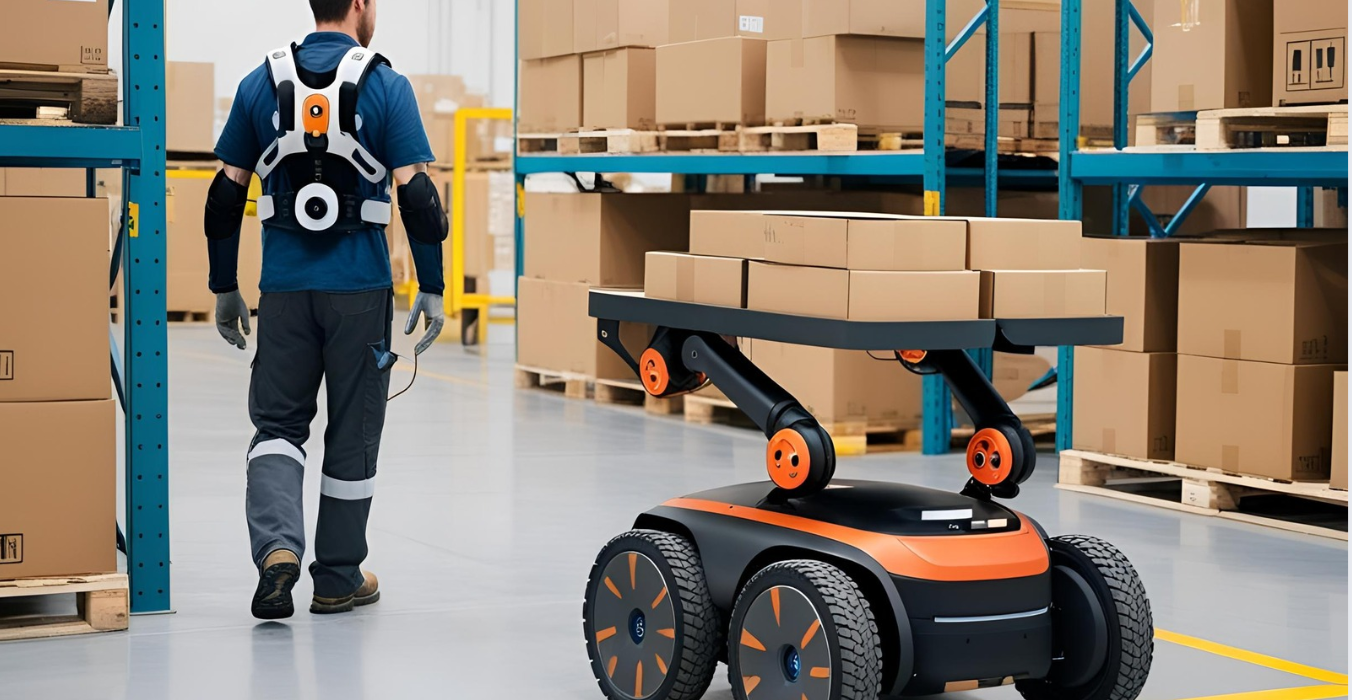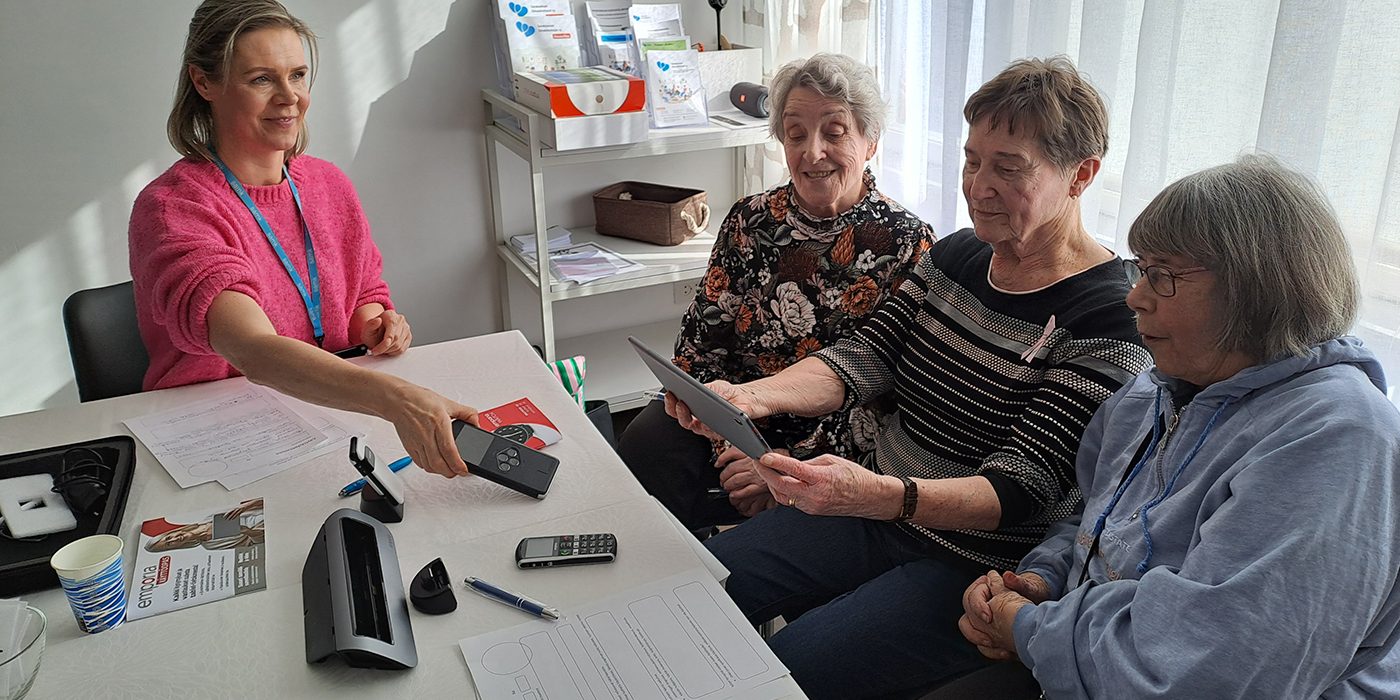We research: Exploring the Potential of NextMind – A Research on the Efficacy of Brain-Computer Interface Technology
Remote control technology has a long and fascinating history dating back to the development of the telegraph in the early 19th century. Since then, it has been used in a variety of military, industrial, and consumer applications, including the remote control of weapons during World War II, the operation of heavy machinery in industrial settings, and the control of home appliances and television sets. Today, remote control technology is used in a wide range of devices and systems, and it continues to evolve and become more sophisticated as technology advances.
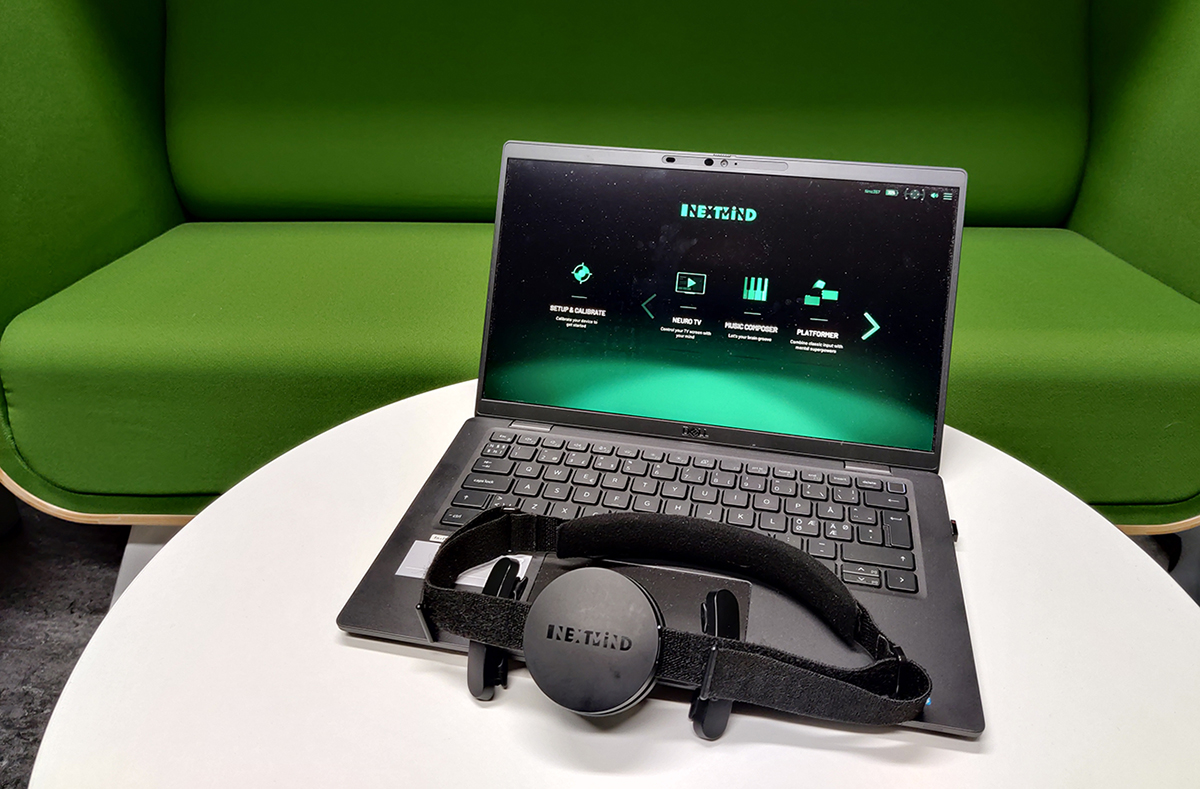
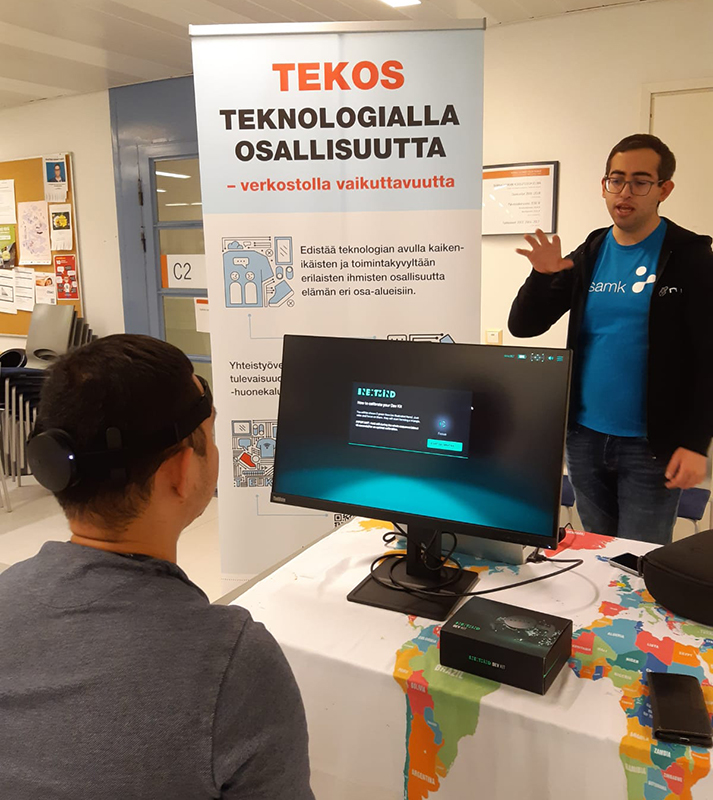 NextMind is a cutting-edge startup that is revolutionizing the way we interact with technology. Using a non-invasive headset, NextMind allows users to control devices and interfaces with their thoughts through the eye movement. Worn on the back of the head, the device translates signals from the visual cortex into digital commands allowing the user to control visual interfaces in real time. Visual objects are augmented with NeuroTags: faint graphic overlays optimized for the visual cortex. The NextMind Sensor uses non-invasive EEG technology to detect electrical signals from the brain. Machine learning algorithms decode brain activity and recognize the user’s active visual focus. From the moment your focus is detected, the selected object reacts visually and executes your command. This technology has the potential to change the way we interact with computers and could have wide-ranging implications for industries such as gaming, education, and healthcare.
NextMind is a cutting-edge startup that is revolutionizing the way we interact with technology. Using a non-invasive headset, NextMind allows users to control devices and interfaces with their thoughts through the eye movement. Worn on the back of the head, the device translates signals from the visual cortex into digital commands allowing the user to control visual interfaces in real time. Visual objects are augmented with NeuroTags: faint graphic overlays optimized for the visual cortex. The NextMind Sensor uses non-invasive EEG technology to detect electrical signals from the brain. Machine learning algorithms decode brain activity and recognize the user’s active visual focus. From the moment your focus is detected, the selected object reacts visually and executes your command. This technology has the potential to change the way we interact with computers and could have wide-ranging implications for industries such as gaming, education, and healthcare.
There are a variety of ways in which NextMind can be tested and researched to better understand its capabilities and potential applications. One approach is to conduct user studies in which individuals wear the NextMind headset and perform a variety of tasks while their brain activity is measured. This can provide insight into how the technology works and how effectively it can be used to control devices and interfaces.
In addition to user studies, NextMind can also be tested and researched through the development and implementation of pilot projects in specific industries or settings. For example, the technology could be tested in a gaming environment to assess its effectiveness in controlling in-game actions or in a healthcare setting to evaluate its potential use in communication and assistive technology.
One potential application of NextMind in the healthcare sector is its use in helping patients with disabilities communicate or control assistive devices. For example, the headset could be used by a patient who is paralyzed or has limited mobility to control a computer or other assistive technology simply by thinking about the desired actions. This could allow patients to communicate, access information, and maintain their independence despite their physical limitations.
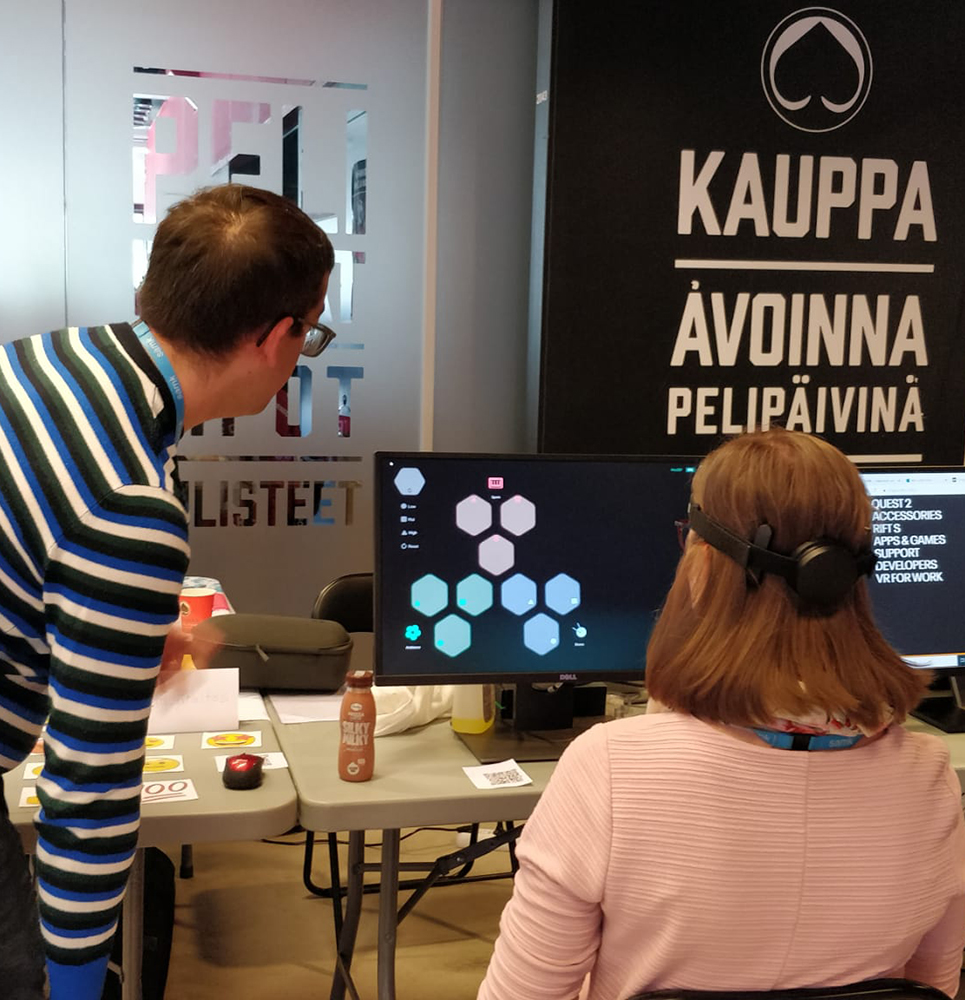 Overall, the use of NextMind in healthcare has the potential to greatly improve the quality of life for patients with disabilities and could revolutionize the way we approach assistive technology. As the technology continues to advance and become more widely available, it will be interesting to see how it is used in the healthcare sector and the impact it has on patient care.
Overall, the use of NextMind in healthcare has the potential to greatly improve the quality of life for patients with disabilities and could revolutionize the way we approach assistive technology. As the technology continues to advance and become more widely available, it will be interesting to see how it is used in the healthcare sector and the impact it has on patient care.
Did you know?
- NextMind is a non-invasive brain-computer interface (BCI) device that uses EEG technology to detect brain activity.
- BCI has the potential to revolutionize industries such as gaming, education, and healthcare.
- One challenge to the adoption of BCI is that the technology is still in the early stages of development.
